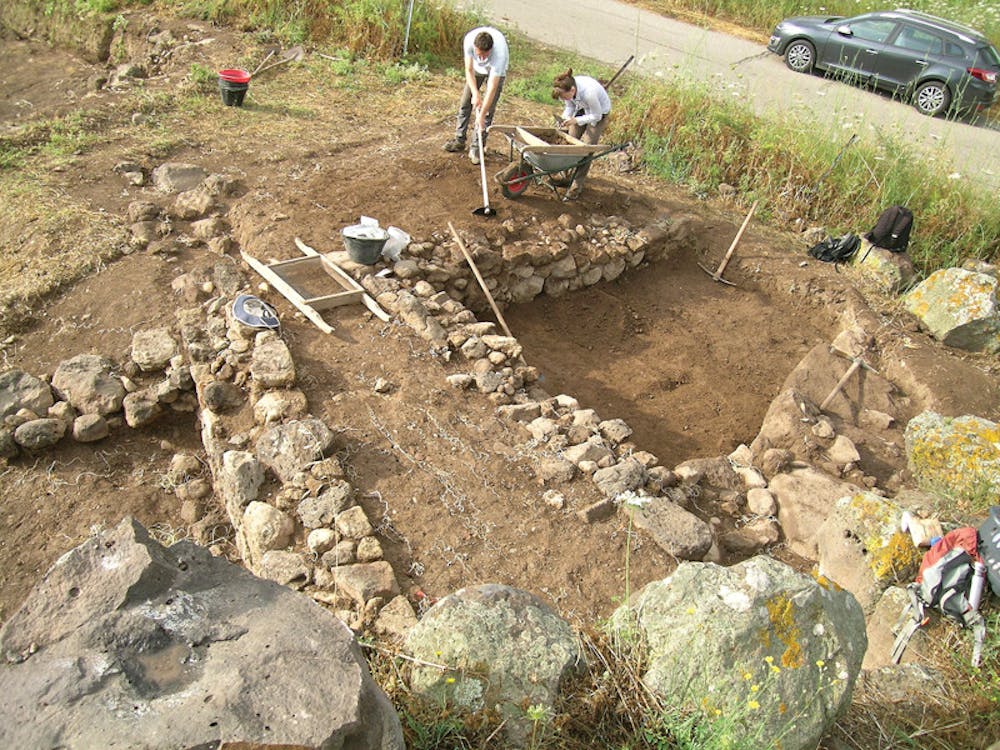This profile is part of a series focused on Brown faculty and students engaged in science and research, with the purpose of highlighting and making more accessible the work being pursued at all levels across disciplines.
When Professor of Archaeology and Anthropology Peter van Dommelen was in high school, he helped excavate a medieval abbey in his native Netherlands. From then on he was hooked on archaeology.
One thing led to another, and van Dommelen found himself researching colonialism in the ancient world for his PhD on the island of Sardinia, located off the western coast of Italy in the Mediterranean Sea.
He has returned to the island every summer since 1991 to continue his research.
Though Sardinia is part of Italy, van Dommelen said it is actually closer to Algeria and has “very much a character of its own.”
“It’s either at the center of things or away from everywhere,” he said, referring to its place throughout history.
Van Dommelen recently received a grant from National Geographic to study agricultural methods during the Punic period, an era defined by a series of three wars between Rome and Carthage between 264 BC and 146 BC — in order to understand the effects of Carthaginian colonialism.
Sardinia produced a grain supply for the Carthaginian army. By digging at various sites, the researchers hope to understand what Sardinians were eating and producing at the time. Evidence can be gathered from both food growing and food processing sites.
In a previous excavation, van Dommelen’s team found evidence of a vegetable plot and wine growing in a wetlands area that had sandy soil.
For this project, the team plans to excavate around a nuraghe, a large prehistoric castle that dates from the Bronze Age, a time period which spanned from about 3300 BC to 1200 BC. While van Dommelen is interested in the more recent Punic history, people continued to live near the nuraghe after the Bronze Age and well into the Punic period.
Many prehistoric monuments like the nuraghe are only excavated by historians who specialize in the periods during which they were built, though they hold insight about later generations that also lived on the land, van Dommelen said.
Unlike in the previous excavation, the soil at this site is composed of basalt — a black, volcanic rock — and so ancient plants may not be preserved. Van Dommelen said he hypothesizes that Sardinians may have once grown cereals in that area.
“That’s what’s exciting about archaeology — you don’t know what you’re going to find,” he said.





